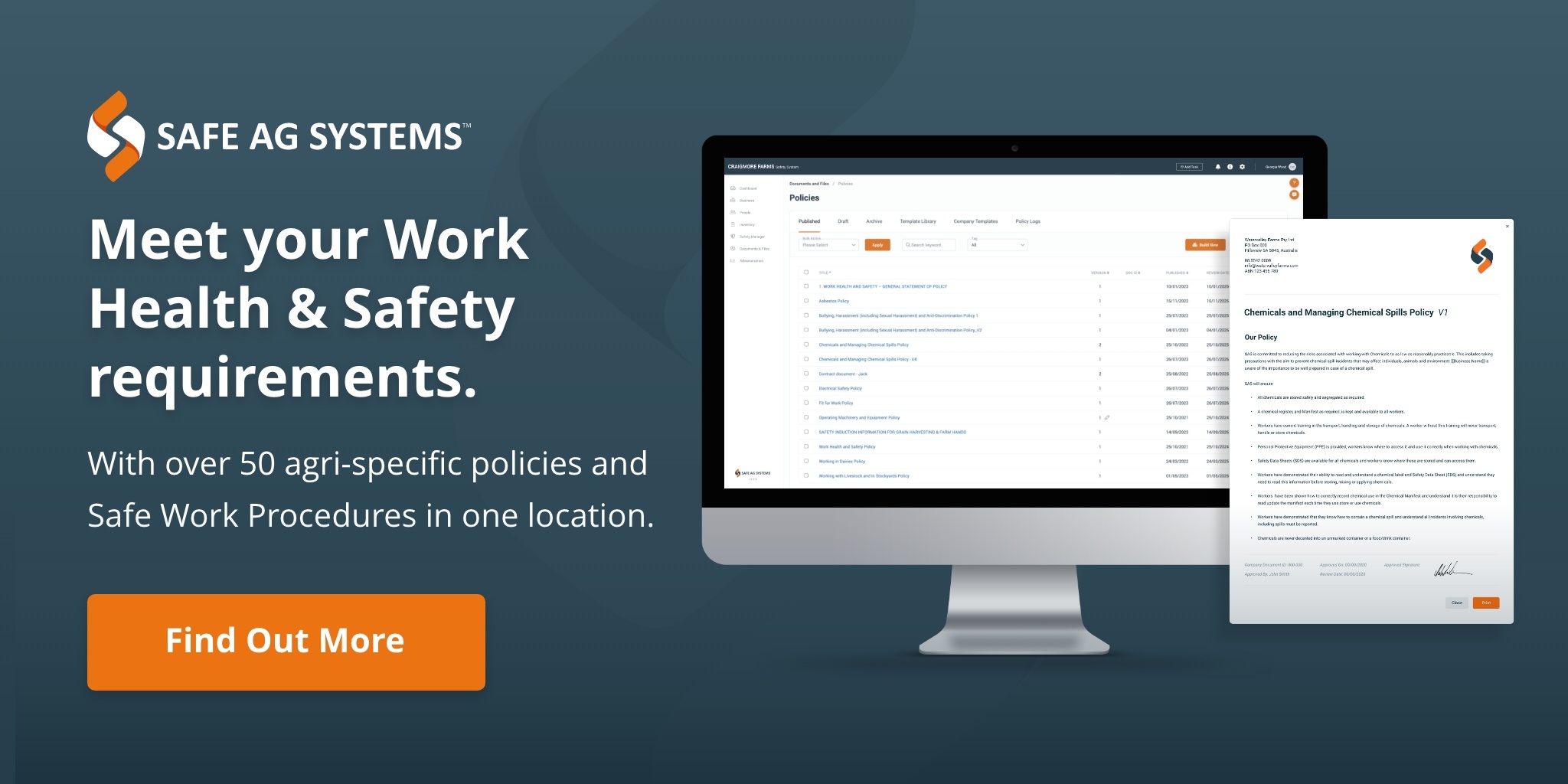The law can be complicated and using complex legal jargon can be off-putting, let’s break it down enough for you to be able to hold your own in a conversation…
Let’s start with an easy one, WHS or OHS?
Each state has its own legislation – most call it Work Health and Safety (WHS) while Vic still calls it Occupational Health and Safety (OHS). Don’t get confused by thinking these are different – it’s actually the same thing.
The name changed in most states from OHS to WHS as it’s no longer just about someone’s paid occupation. People work for businesses in many different forms, such as volunteering or contracting and the name change simply reflects the changing face of the Australian workplace.
Hazard and risk seem like pretty interchangeable words, right?
Well not really. They are closely linked but different things. A hazard is anything that has the potential to cause harm. A risk is the likelihood or chance something could go wrong and considers the consequence if it does.
Let’s look at an example to demonstrate the difference – a barbed-wire fence. It’s not going to do much harm, unless you get too close to those barbs. The barbs present a hazard as they have the potential to cause harm. The risk is the likelihood of getting hurt so when you go to step over the fence, you are at increased risk of the barbs catching you. Hopefully, the consequences aren’t too bad!
When it comes to managing hazards and risks, your obligation as a PCBU and/or an Officer is to eliminate them, or if you can’t eliminate then you need to effectively manage them.
PCBU who?
It stands for Person Conducting Business or Undertaking. This has replaced the concept of ‘employer’ in WHS legislation and considers the changing nature of work arrangements in Australia. So, what exactly is a PCBU? It’s a legal entity and despite the name, does not necessarily mean a natural person.
Most agribusinesses are likely to be a PCBU and therefore have legal responsibilities. In some circumstances there may be more than one PCBU for your farm, such as if you are part of a bigger corporation, are a partner or have partners or a Board.
How’s your Risk Management?
As the name suggests, Risk Management is the process of managing and controlling risks within your agribusiness. But what are you actually doing if you are ‘managing risk’? The good news, it can be a simple process – just keep S.A.F.E.
S = See it. Identify the risks and hazards and things that could hurt someone.
A = Assess it. Think about what harm could come from the hazard, and how serious it might be.
F = Fix it. Put ‘controls’ in place to eliminate or reduce the risk.
E = Evaluate it. Did the controls work as you thought? This gives you a chance to tweak things to improve safety. Keep tweaking until you’re happy you’ve got things as good as possible.
Reasonably practicable… did they say the right?
This a legal term with a very important meaning. The legislation tells us you need to consider:
-
the likelihood of a hazard or risk occurring
-
the degree of harm if it does
-
what you know or ought to know about the hazard and ways of eliminating or reducing the risk (you must look at all possible ways to eliminate or reduce the risk, not just what you think you know)
-
the availability and suitability of ways to eliminate or reduce the risk
-
whether the cost is grossly disproportionate to the risk.
This last point can be a bit tricky. Cost must be the last consideration, not the first. If something reasonable could’ve been done to prevent an incident it’s going to be hard to prove to a court why cost was the deciding factor. That doesn’t mean you need to spend thousands of dollars, but you may need to spend a bit. Start with the things that are the most likely to cause the most harm, control the risks and work from there.
When you start to understand the language and intent of WHS legislation it starts to get a bit clearer. Take a step to prevent incident and injury in your business.
Topics: Safety Management System

Disclaimer: Content on this website may be of relevance to users outside of Australia, but content links and examples are specific to Australia. Please check with your local authority for your country and industry requirements.










